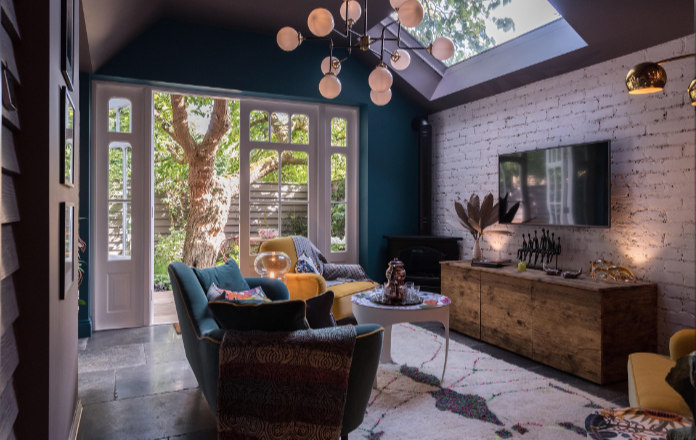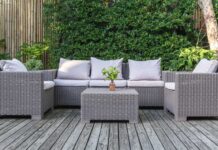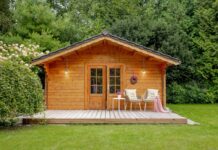When you’re spending more time than ever holed up at home, it’s easy to feel as though the walls are caving in a little – which means a few space-gaining tweaks could be very welcome right now.
“We’ve all been thrown into a situation beyond any of our wildest dreams and we’re having to act fast and calmly. As we enter this new way of living for the time being, it’s important to remember that the home is our sanctuary, always has been and always will be,” says Kelly Hoppen, international interior designer (kellyhoppeninteriors.com).
“But now the entire family has to live together 24/7, so we need to look at our spaces and make some changes that work for everyone.”
If two are you are having to get used to working from home, you might have created a specific ‘office area’, whether it’s an actual desk, corner or even the kitchen table. But with homeschooling thrown into the mix, as well as having to keep children entertained all under one roof, the rule book has been thrown out the window.
“However big or small, spaces need to be kept as organised as possible. Kids of all ages need to be in a routine and it’s essential to have areas in which they can play together and have alone time,” suggests Hoppen.
How to make a room look bigger
Could it be possible to gain a bit more breathing space within your four walls? You can’t magic up an extension of course, but here are some space-enhancing tips that might help.
1. Shine a light
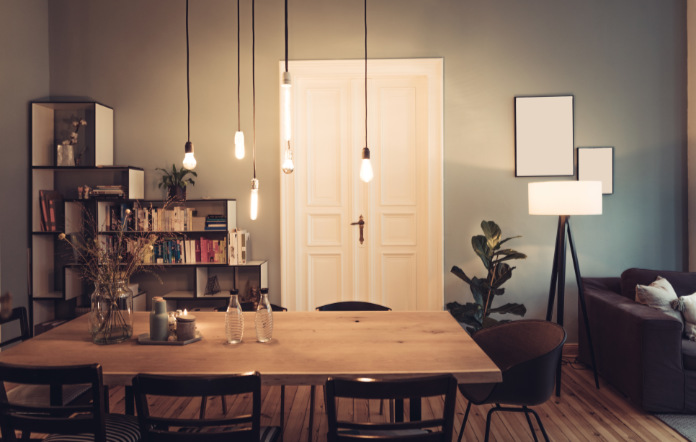
“Ensure you have multiple light sources within a room to maximise light at night,” advise Athena Bluff and Amy Brandhorst, interior designers and award-winning bloggers from Topology (topologyinteriors.com). “You should aim to have around six light sources around the room, which will ‘replace’ natural daylight and allow light to flow through the space. Enhance the effect with mirrored surfaces, which will bounce light around. Those and metallics, which reflect warm light, will create a sense of more space.”
2. Be consistent with flooring
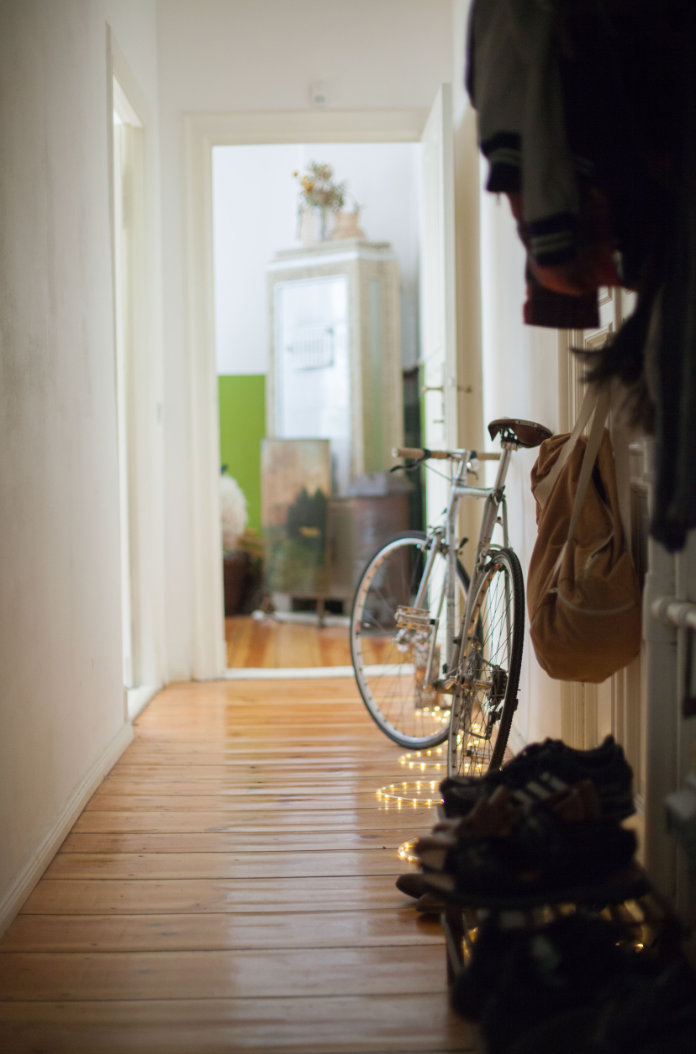
“An easy trick for floors is to continue the hallway flooring into your small room. Creating a visually unbroken flow of space will make it appear as though it’s one big area, and creates an illusion that the floor is expanding,” points out Bluff.
3. Create colour harmony
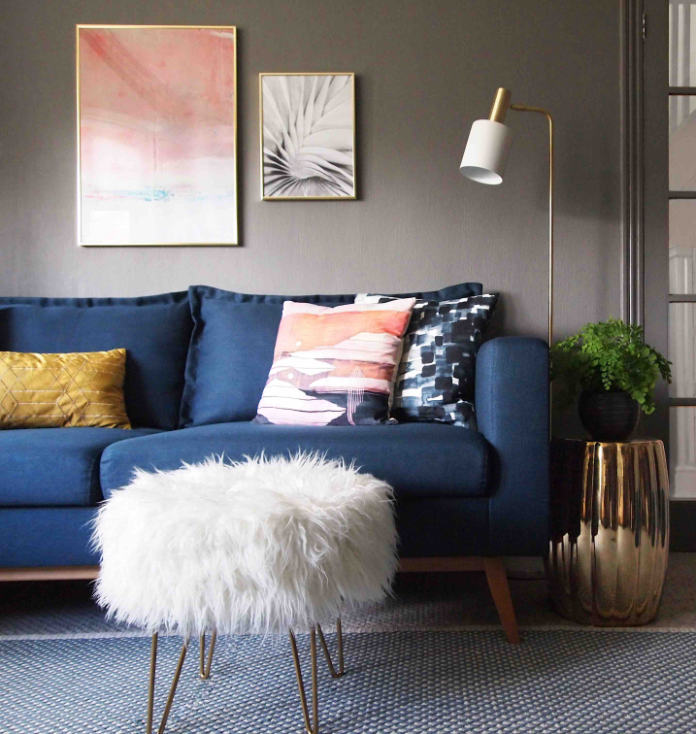
“Try painting walls, skirting boards and door frames all the same colour. Painting them different colours can actually break up a space and emphasise the shape and (small) size of the room,” says Brandhorst. “If they’re all the same colour, they’ll blend into one and make the room appear bigger.”
4. Make a great reflection

If you’ve still got a large gap gracing the wall, and want to stream the most from these lighter, longer days, Hoppen suggests one of the most effective ways to create space in the home is to play with mirrors.
“The perfect tool for spatial illusion in every room! Place mirrors strategically, ideally opposite to a source or natural or artificial light,” she says, “so as to create reflections and offer the room an airy, bright atmosphere.”
“Hang a mirror opposite a window. It’s simple but extremely effective – both in terms of cost and visual impact,” suggests Brandhorst. “The mirror will reflect natural light and instantly brighten up your space, as well as making it appear larger. If you’re feeling creative, play around with different shapes or multiple mirrors to reflect as much light as possible. More light equals more sense of space.”
5. Embrace the dark side
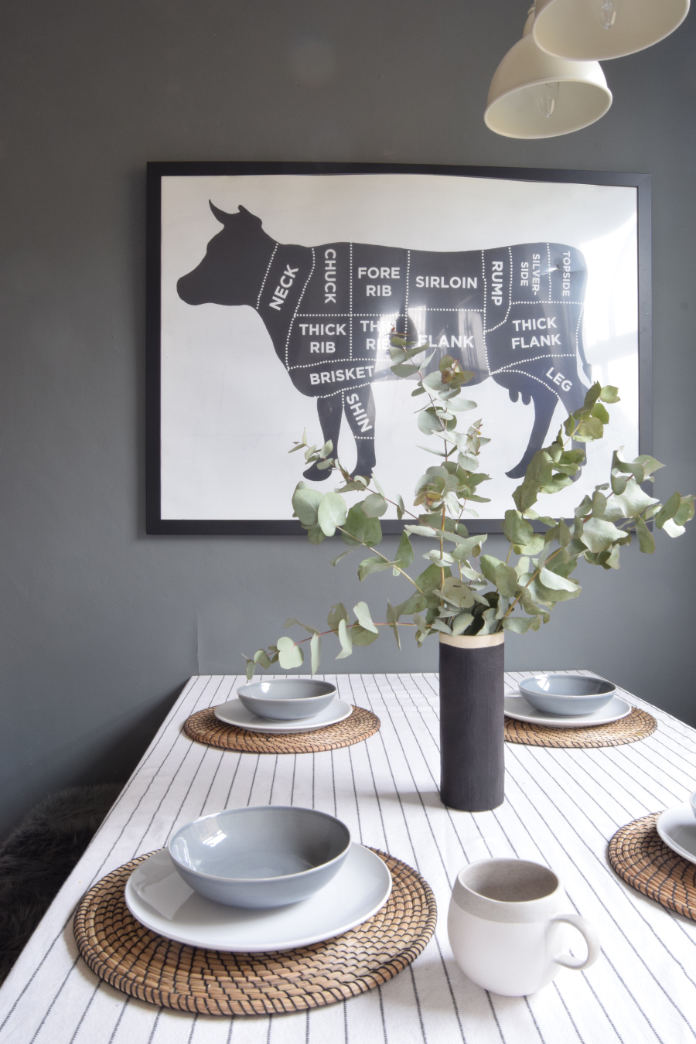
“This is one for the brave! Don’t be afraid of going dark in small spaces,” advises Bluff. “It may sound counter-intuitive, but dark shades – navy and grey – can actually disguise the perimeters of a room and blur boundaries which extend the space, so don’t feel you can only use ‘Brilliant White’ to achieve a sense of more space. Walk on the dark side – trust us, it works!”
6. Choose multi-functional furniture
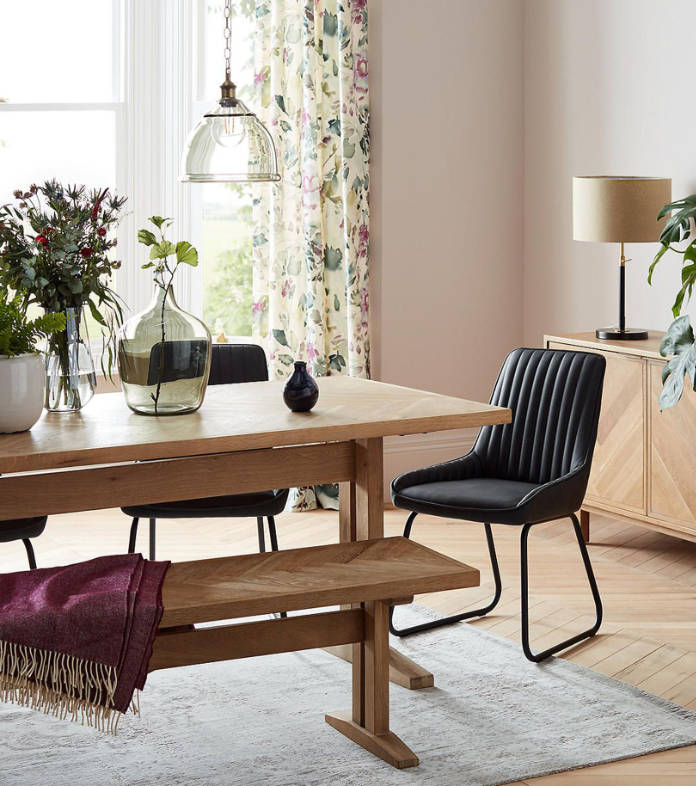
Budget allowing, furniture that folds or extends means you can all sit together when you want to, but with the option to downsize when not in use.
“An extending table is always a favourite, but it doesn’t need to be in the context of a dinner party. An extending table can easily be used as a home office space,” says Bethan Harwood, partner and home design stylist at John Lewis. “They give you the option to transform your dining area every morning into a much bigger area, so you can effectively work from home. Opt for tables where the leaves are stored within the mechanism for ease of everyday use.”
“Opt for dual usage furniture that can be folded or expanded to suit your needs,” says Bluff. “If there’s only two of you most evenings, opt for a folding table which, with an extension, turns into a four-person dining table for entertaining. Check out sofa bed options, which can easily turn a sitting room into bedroom for guests. Always consider storage in items like ottomans, pouffes, trunks, coffee tables. If there’s a design that also hides clutter (the enemy of small spaces), choose it!”
7. Consider corners
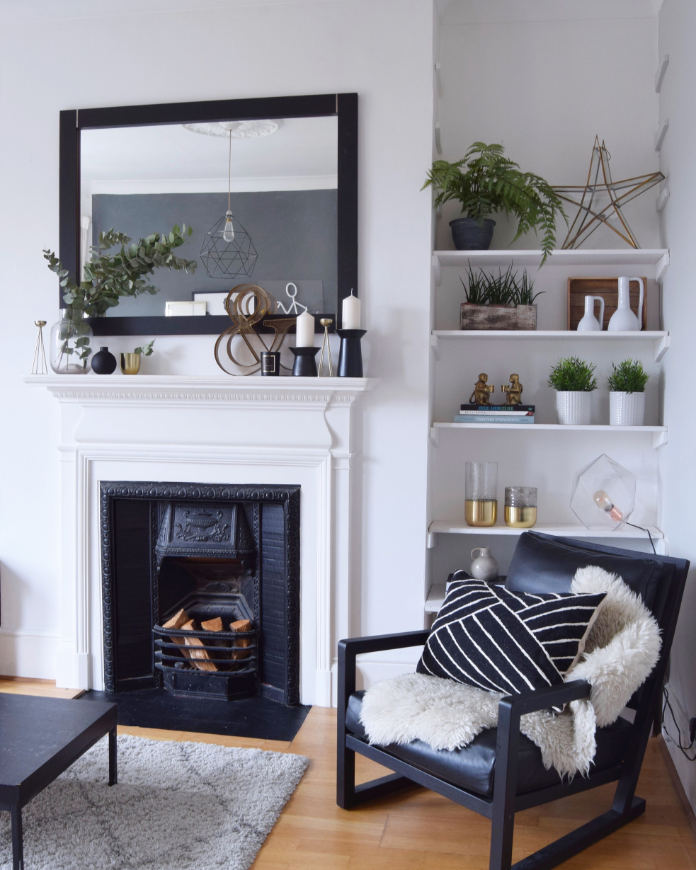
While you’re busying yourself changing furniture around and decluttering, think about merging and stacking things into corners, to make the space feel freer overall.
Every room has at least three corners and if you go from floor to ceiling, there’s the potential for shelving and corner units (a game-changer for storing stemware and chinaware, or keeping books, DVDs and ‘life admin’ boxes tidy and out the way), or use the space to stack chairs, or position a floor lamp or corner table.
8. Think inside the box
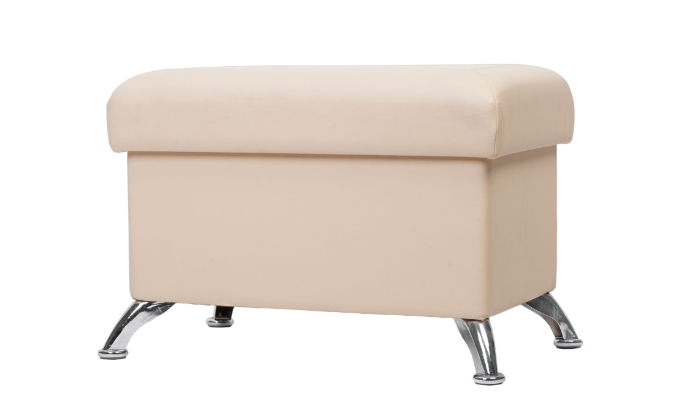
Of course, having to spend so much time at home also means making sure everything around you has a home.
“A lack of storage can make your home feel more cramped and often smaller,” says Harwood. “An easy way to add more storage is by investing in solution led furniture with built in ‘secret’ storage, such as lidded ottomans and foot stools.
“They provide closed off storage so they can be filled with everyday items, and also double up as extra seating. These items are simple but functional and it’s surprising how much you can fit inside them.”
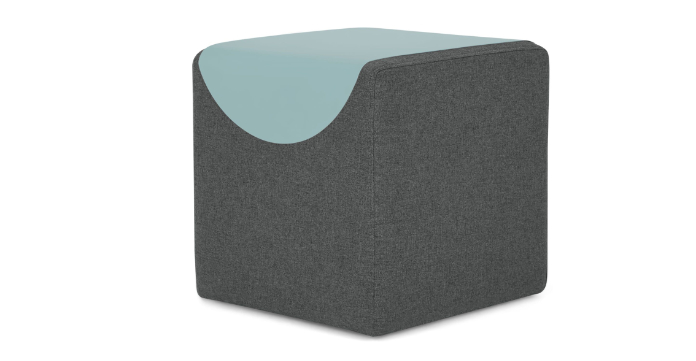
Stylish, well-chosen pieces – such as a Made Essentials Macy Table Tray Pouffe, in Marl Grey & Aqua, £69, from Made.com, is a clever two-in one with a removable tray, so it can be used as a coffee table or to sit on.
9. Make clever use of walls
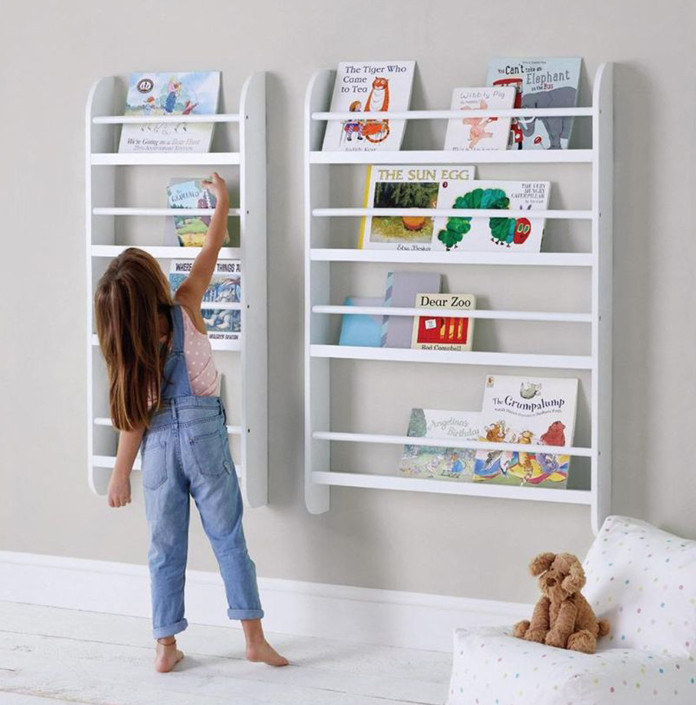
We may be climbing the walls at moments – but our four walls offer a wealth of opportunity for maximising and enhancing space, and can easily be adapted to suit your style and taste.
“If you feel like you’ve run out of floor space to work with, turn your attention to the walls,” says Harwood.
“Floating bookcases are a great way to add storage to the room without a bulky piece of furniture. Adding shelves to a home office or playroom can really maximise the space and you can also have fun with the way you style them,” she adds. “Try colour coding the shelves, adding hanging plants and turning books to lie flat as a more interesting way to display them.”
10. Purge the clutter
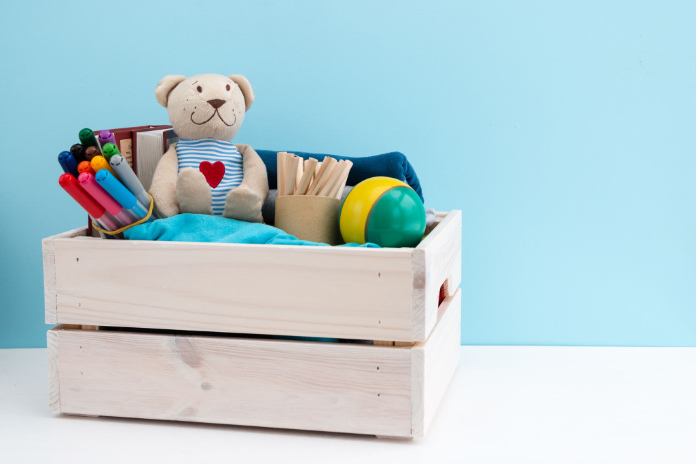
Take a good look around (you may have to be a bit ruthless) and sort out toys, books and have a general clear-out and tidy-up.
“What’s not used, give to charities (think local) as many families need drastic help during this uncertain time. It’s important that kids aren’t on their computers and watching TV all day. Get your kids to put together mood boards on Pinterest of what they want their rooms to look like, and then try and do it as best you can by borrowing and moving things from room to room to make it exciting,” says Hoppen.
Flooring ideas – 10 of the most popular flooring options for your home























































